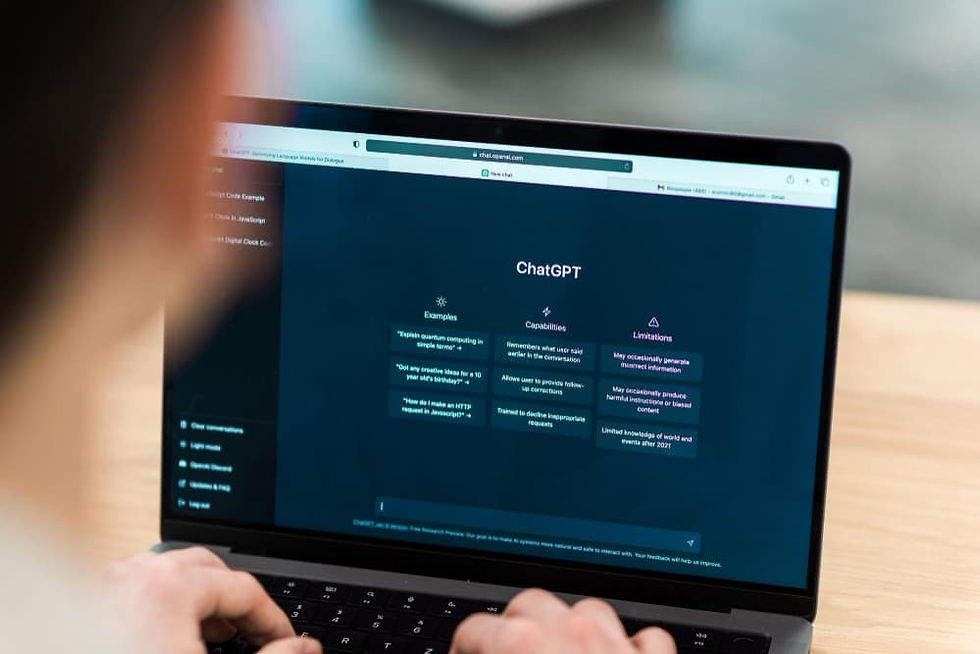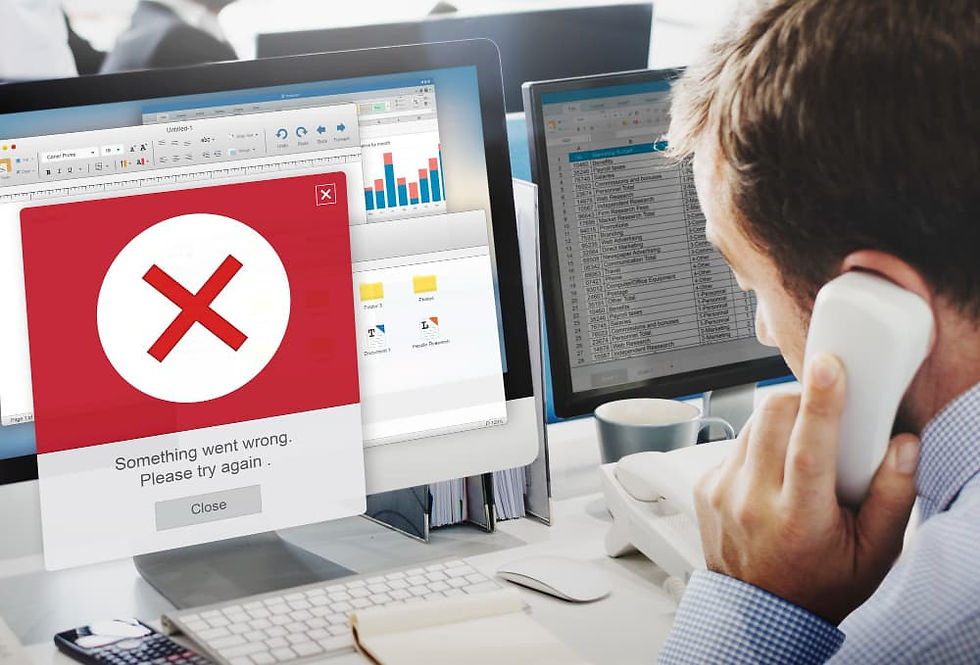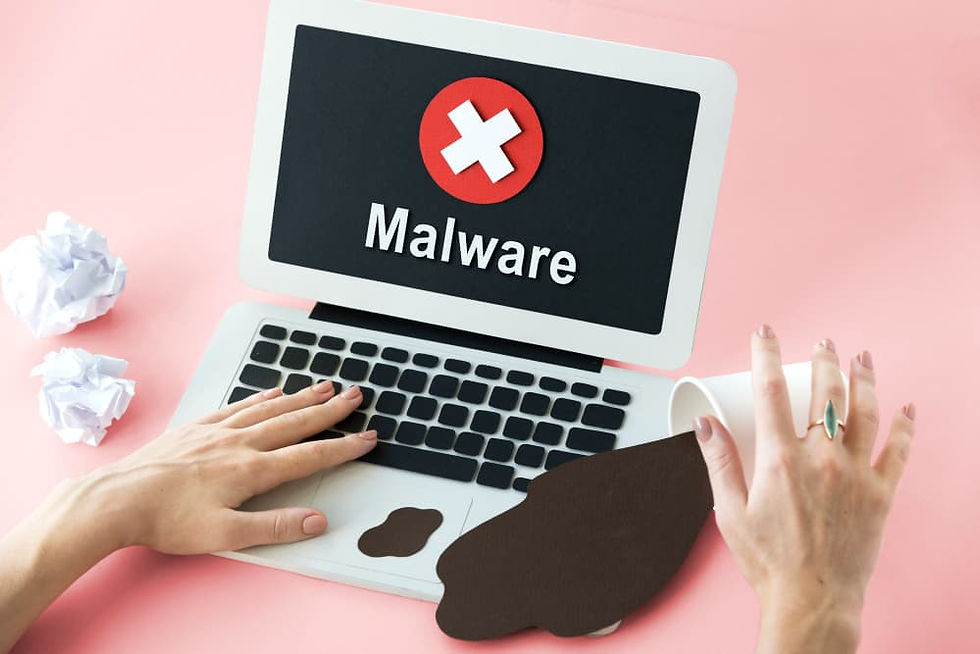As businesses continue to adopt digital solutions and expand their online presence, the landscape of cybersecurity is becoming increasingly complex. In 2024, cybercriminals are expected to intensify their attacks, leveraging new techniques and exploiting vulnerabilities in ways we haven’t seen before.
To help businesses prepare, here are the top 10 cybersecurity threats you should be aware of.
10 Common Cyberthreats for Businesses
The top 10 cybersecurity threats that businesses face this 2024 include:
1. Ransomware: The Digital Age’s Most Dangerous Weapon
One of the most common IT security threats businesses face today is ransomware. This form of attack involves cybercriminals encrypting your valuable business data, rendering it inaccessible unless a ransom is paid. Unfortunately, paying the ransom doesn’t guarantee that you’ll regain access to your information.

Industries like healthcare, education, and manufacturing are particularly targeted due to the critical nature of their data. Recent studies, including research by Proofpoint, reveal that 70% of ransomware victims recover their data.
However, this leaves 30% of businesses unable to access their data even after paying the ransom. Some even fall prey to secondary ransom demands, and many walk away empty-handed after refusing to pay a second time.
This highlights the need for a proactive cybersecurity strategy. Rather than reacting after an attack, businesses need to invest in preventative measures like robust data backups, employee training, and continuous system monitoring to avoid the devastating effects of ransomware and other types of IT security threats.
2. Phishing Scams: The Most Common IT Security Threats
Everyone has received a phishing email at some point. From fake notifications about unshipped packages to urgent requests for personal information, phishing is a major threat to businesses of all sizes. However, phishing attacks are no longer limited to email—they’ve expanded across social media, messaging apps, and even cloned websites, making it difficult to identify real from fake.

Phishing remains the most prevalent cybercrime globally, with over 3.4 billion malicious emails sent daily. These scams aim to trick employees into divulging sensitive information, often leading to large-scale data breaches or malware infections.
For businesses, employee training is key to combating phishing. Teaching staff how to spot phishing attempts and avoid clicking on suspicious links is a critical part of a comprehensive cybersecurity program.
3. IoT Attacks: The Growing Threat of IoT (Internet of Things) Devices
The explosion of IoT devices in recent years has brought convenience and efficiency to both businesses and consumers. However, it has also created a vast attack surface for cybercriminals. These devices, which range from smart home gadgets and IP cameras to industrial sensors, often lack robust security features, making them prime targets for hackers.

With billions of connected devices worldwide, any weak point in the network can be exploited to infiltrate a business’s infrastructure or create botnets for large-scale attacks. Securing IoT devices through strong passwords, regular software updates, and network segmentation is crucial to mitigating this common cyber threat.
4. Cloud Storage: A Double-Edged Sword
As businesses move more data to the cloud, the risk of cyberattacks targeting cloud infrastructure grows. Misconfigurations, weak access controls, and vulnerable APIs are common entry points for cybercriminals.

According to VentureBeat, 69% of businesses have experienced data breaches due to poor cloud security configurations. With sensitive data stored in cloud environments, these breaches can be catastrophic.
To protect cloud environments, companies should prioritize multi-factor authentication (MFA), regular audits, and ensure they have a solid understanding of their cloud provider’s security policies.
5. AI in Cybersecurity: Friend or Foe?
Artificial intelligence (AI) is playing an increasingly significant role in both defending against and facilitating cyberattacks. On the one hand, AI and machine learning algorithms are powerful tools for detecting different types of cybersecurity threats in real time and automating responses. They help businesses stay one step ahead by analyzing patterns and behaviors indicative of a potential attack.

However, cybercriminals are also harnessing the power of AI to develop more sophisticated malware, making it harder for traditional defense systems to keep up. This constant race between attackers and defenders underscores the importance of staying updated on AI advancements and incorporating AI-driven solutions into a company’s cybersecurity strategy.
6. Distributed Denial-of-Service (DDoS) Attacks: Persistent and Disruptive
DDoS attacks remain a consistent threat to businesses in 2024, causing disruptions by overwhelming systems with traffic until they crash. These attacks are particularly concerning for businesses that rely heavily on their online presence or customer-facing applications, such as e-commerce platforms or service portals.

Mitigating DDoS risks requires a combination of network monitoring, load balancing, and employing services that specialize in DDoS mitigation to minimize downtime and ensure business continuity.
7. Insider Threats: The Silent Killer
While external threats like phishing and ransomware grab the headlines, insider threats—whether intentional or accidental—remain a significant risk. An insider could be a disgruntled employee looking to sabotage systems or simply someone who unintentionally leaks sensitive information due to lack of awareness.

To address insider threats, businesses should implement strict access controls, regularly review privilege levels, and foster a culture of cybersecurity awareness across all departments.
8. Social Engineering: Manipulating Human Psychology
Social engineering attacks exploit human psychology to gain unauthorized access to systems or sensitive data. These attacks often bypass even the most advanced security defenses because they rely on manipulating people rather than hacking systems directly.

Businesses need to conduct regular social engineering training for employees, making them aware of tactics like pretexting, baiting, and tailgating, so they can recognize and avoid falling victim to these scams.
9. Malware: Evolving and More Dangerous
Malware, including viruses, worms, and trojans, continues to be one of the most common forms of cyberattacks. In 2024, cybercriminals are expected to develop even more sophisticated strains of malware capable of bypassing traditional antivirus software.

Advanced endpoint protection systems and threat intelligence solutions are essential in protecting against these constantly evolving malware threats.
10. Supply Chain Attacks: A Growing Concern
As businesses increasingly rely on third-party vendors for diverse services, supply chain attacks have become more prevalent. In these attacks, hackers target vendors or partners with lower security measures to gain access to a larger business’s data.
It’s crucial for companies to vet their suppliers, ensure that security standards are maintained across the supply chain, and monitor all third-party access to sensitive information.
Services like BTI’s RMM as a Service will not only ensure that your third-party applications are safe and secure, with RMMaaS you will have access to a team of qualified experts that will monitor your network 24/7/365 while ensuring your systems remain safe and secure while reducing unnecessary costs and ensuring your IT strategy is aligned with your business goals.
How to Stay Protected Against Top Cybersecurity Threats in 2024
With so many evolving threats, it’s essential that businesses take a multi-layered approach to cybersecurity. Here are a few key strategies:
Employee Education and Awareness: Conducting employee training sessions regularly can help employees recognize phishing attempts, social engineering attacks, and other common tactics used by cybercriminals.
Multi-Factor Authentication (MFA): Adding an extra layer of security to your login systems can prevent unauthorized access.
Regular Software Updates: Keeping systems and software up to date ensures that known vulnerabilities are patched and less likely to be exploited.
Comprehensive Security Solutions: Employing a mix of firewalls, intrusion detection systems, and advanced endpoint protection helps create a strong security perimeter.
How BTI Communications Group Can Help Protect Your Business
The cybersecurity landscape in 2024 will be defined by innovation—both by attackers and defenders. As technology continues to evolve, so will the tactics of cybercriminals, making it crucial for businesses to stay vigilant and proactive in their cybersecurity efforts.
At BTI Communications Group, we understand the complexity and urgency of today’s cybersecurity landscape. From defending against ransomware attacks to securing your IoT devices and cloud infrastructure, we offer comprehensive, tailored cybersecurity solutions to safeguard your business from evolving threats.
Our expert team provides services ranging from network monitoring and multi-factor authentication to advanced threat detection, world-class IT support, and more, ensuring your business stays protected from top cybersecurity threats 24/7.
Ready to strengthen your cybersecurity defenses? Schedule a free cybersecurity assessment with BTI Group today. We’ll help identify potential vulnerabilities in your systems and recommend solutions tailored to your business needs, so you can focus on growth without fear of becoming a victim of any type of security attacks.

Comments